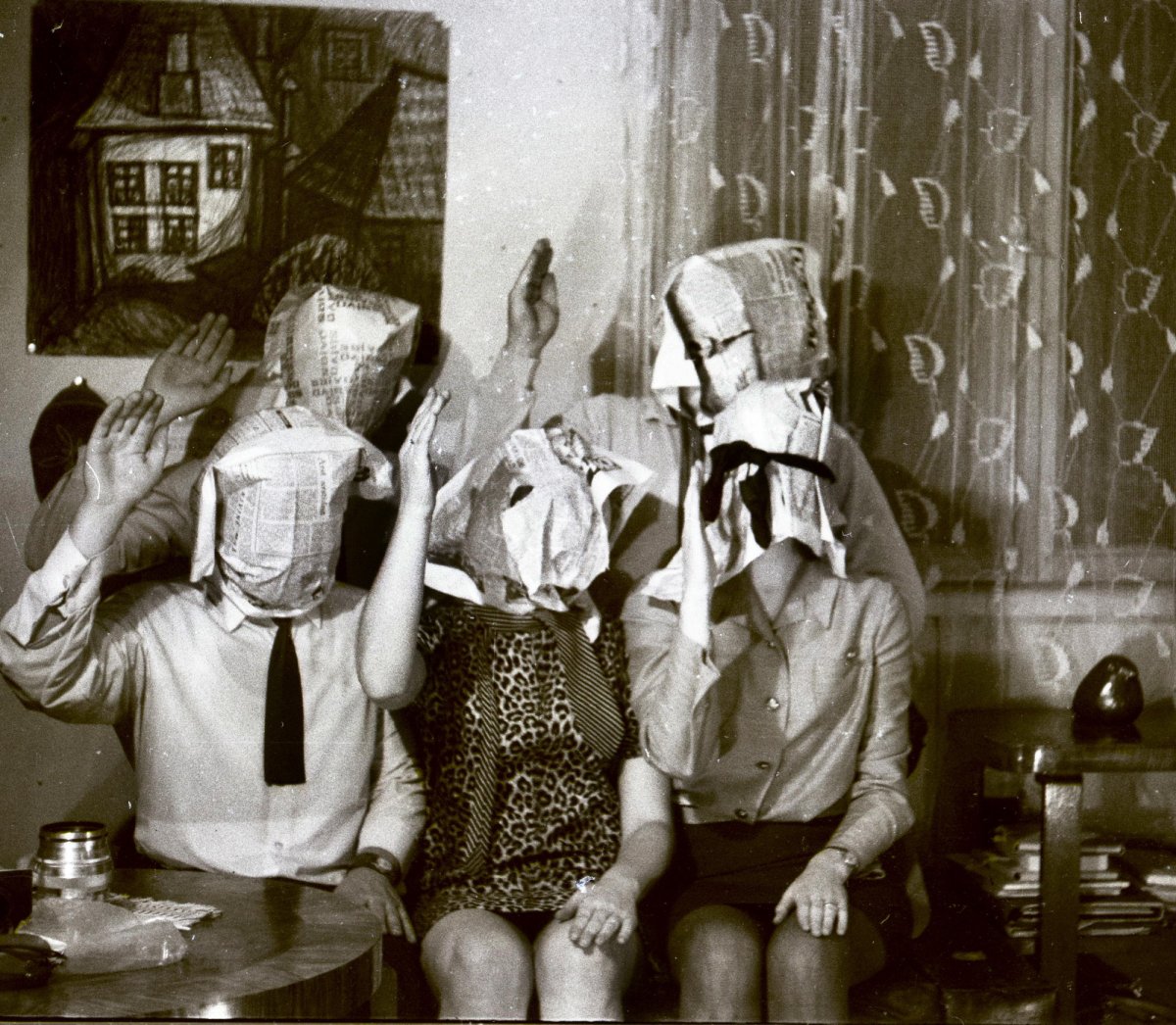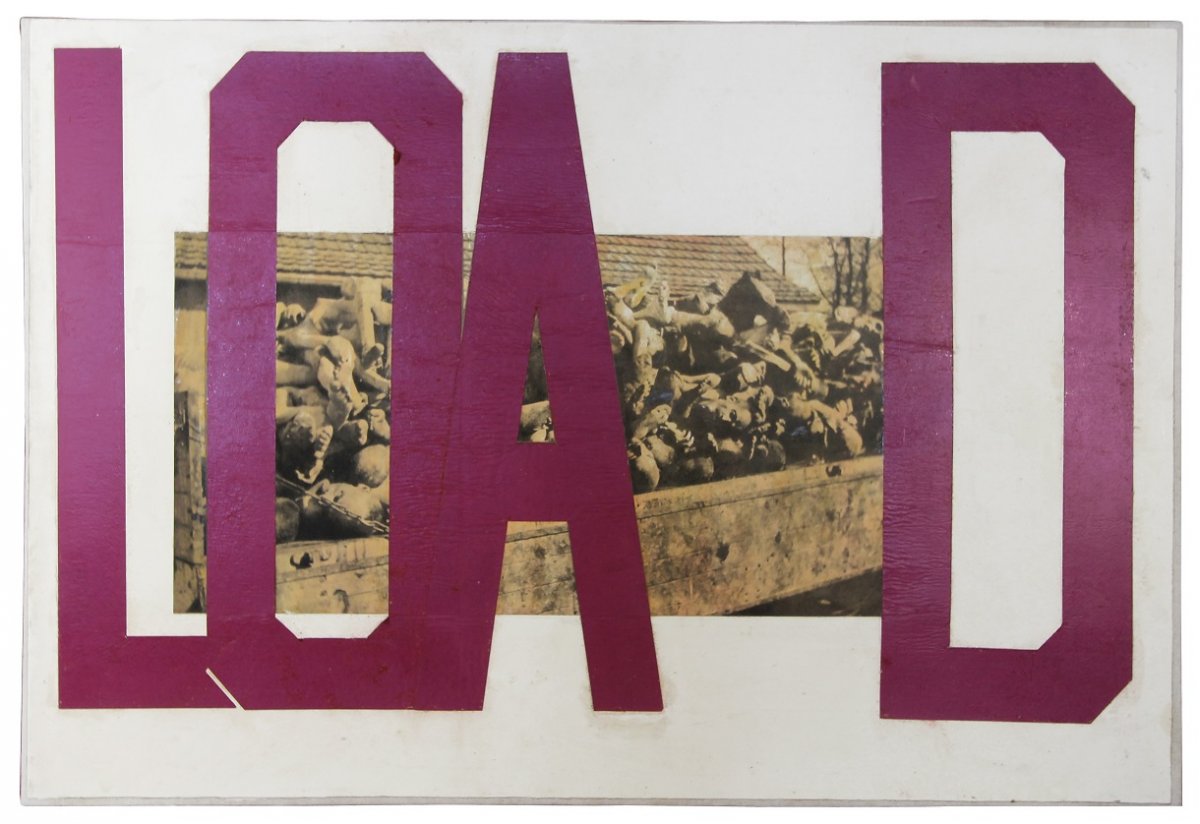
Jüri Tenson. The happening „Reading a paper“ (Häppening „Lehelugemine“) in Nõmme, Estonia. Participants: Rein Tenson, Jüri Tenson, Priit Pärn, Krista Virkus, Mari Kuutmaa. 1963 - 1967. Photo Collectio

Boris Lurie. Hard Writings: LOAD. 1972. Paper tape on paper mounted on canvas. Courtesy of Buris Lurie Art Foundation.

Dayanita Singh, Fileroom (detail) 2012 – 2013 Courtesy the artist and Frith Street Gallery, London


By combining the works of such seminal artists as Irma Blank, Vija Celmins, On Kawara, Boris Lurie, Rea Nikonova, Ruth Wolf-Rehfeldt, Dayanita Singh, Harry Smith, Miroslav Tichý, Drago Trumbetaš and Jiří Valoch with examples of contemporary folklore, social history and pre-digital technologies, the exhibition will deal with the recent past when the search for oneself and others took place in an analogue instead of a digital environment.
"YOU'VE GOT 1243 UNREAD MESSAGES. The Last Generation Before the Internet. Their Lives” will be the story of self-exploration and social networks in the last decades before the arrival of the Internet, told through a cross-disciplinary display of artworks next to a selection of quotidian forms of creativity: diaries and items from private archives, correspondence by mail or through underground channels of alternative communication and samizdat. The point of both types of exhibits is to question any clear-cut borders between art and everyday life.
The interactions between the private and the public, between institutionalized art experiments and micro-historic testimonies of creative resistance by lay practitioners are highly topical in the age of digital reality and represent the focus of the exhibition.
Self-determination and departures from the normative, consciously nurtured peculiarities, horizontal forms of socialization or daring experiments with the everyday belong to the art history’s chapter on early conceptualists, as well as to the cultural heritage of the vernacular. Hence, the exhibition is a poetic assemblage of surprising juxtapositions. “Instruction verses” by Moscow conceptualist Dmitry Prigov, who was sent to psychiatric institution for performing a street action by handing these poems to passers-by, are displayed next to the subversively doctored library books for which Londoners Joe Orton and Kenneth Halliwell were given custodial sentences. Networks built by mail-artists and shortwave radio enthusiasts demonstrate the same affection for serialism and slowness as a chess-game played intercontinentally by post. The date, fixed in a painting by On Kawara, marks the beginning of a date of industrialist Günter K. with his secretary Margret, scrupulously documented in an intimate, photo-based diary, which was found decades later when a flat was emptied of someone’s personal effects during an auction.
The multitude of the materials on display is like a long-unopened mailbox where, within the scores of messages, one might find a personally addressed one.
Curators: Diana Franssen, Kaspars Vanags, Zane Zajančkauska
Main supporters: Creative Europe Programme of the European Union, Ministry of Culture of the Republic of Latvia, State Culture Capital Foundation, Rīgas Dome, Goethe-Institut Riga, British Council Latvia, French Institute in Latvia, Netherlands embassy in Riga.
Organized by the Latvian Centre for Contemporary Art in partnership with ABLV Charitable Foundation, the Latvian National Museum of Art, Van Abbemuseum, RIJADA, Riga Technical University, Institute of Literature, Folklore and Art of the University of Latvia, Latvenergo AS, Riga Motion Pictures Studio AS, SJSC “Latvijas Pasts”